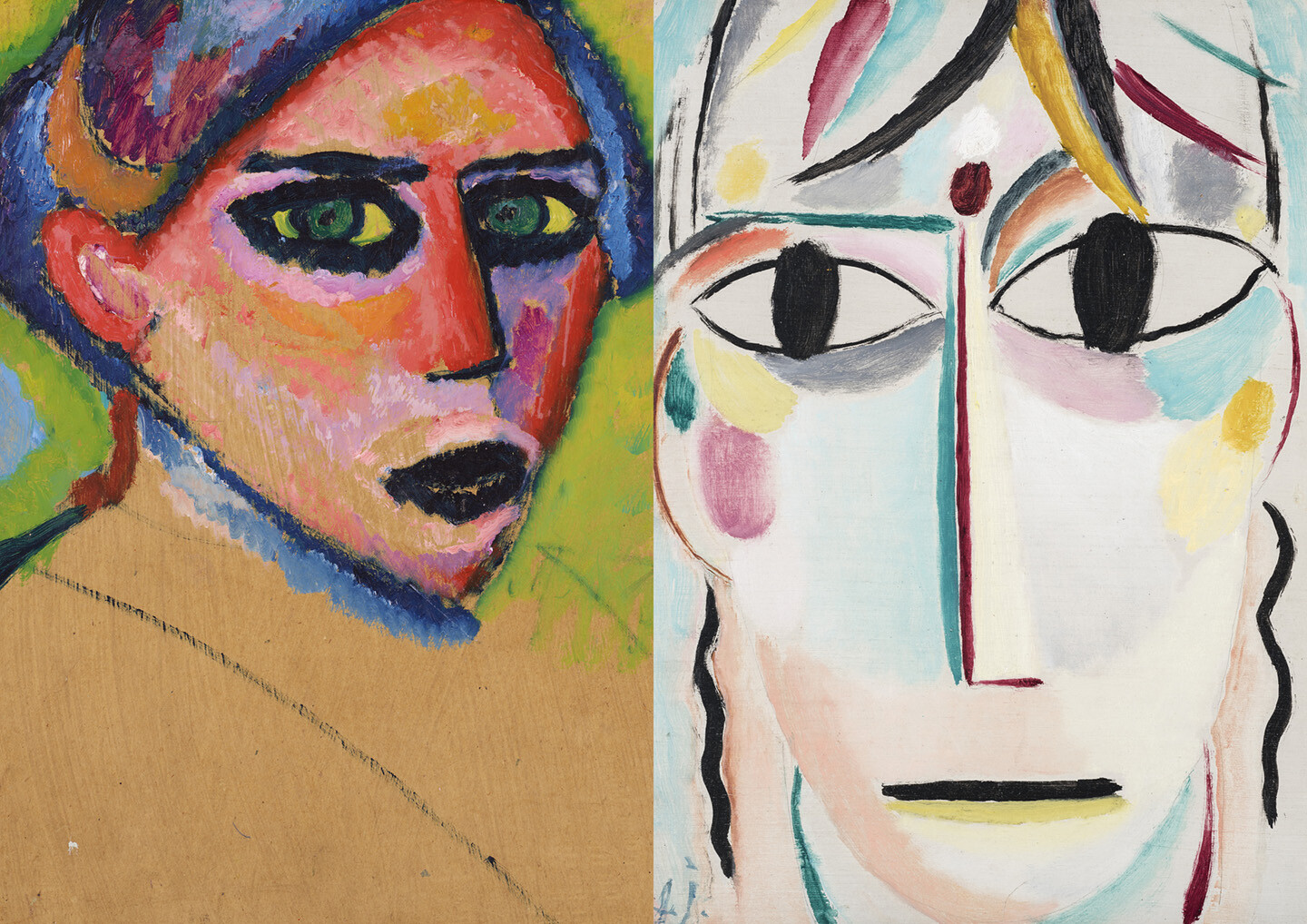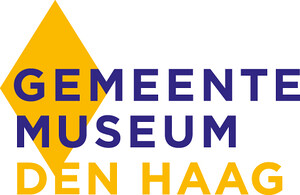Expressionism and Devotion
September 29, 2018–January 27, 2019
Long before spiritual and esoteric movements like new age and mindfulness became popular in the West, the open-minded Alexej von Jawlensky (1864-1941) combined the best of different religious movements. A Russian by birth, he moved to Munich where he evolved into one of the foremost German Expressionists, and became one of the founders of the group of artists known as Der Blaue Reiter. Gemeentemuseum Den Haag is about to present Jawlensky’s rich landscape, still-life and portrait work in a major retrospective that will emphasise the influence of his modern spiritualism. In collaboration with the Alexej von Jawlensky archive in Switzerland, the museum will also explore his love of music and how it inspired him.
Friendship and cross-fertilisation in Munich
After graduating from the art academy in 1896 Jawlensky left St. Petersburg to travel through Europe with his patron Marianne von Werefkin – herself a successful painter. That same year, they settled in Munich, which at the time was the foremost northern centre of art. There, Jawlensky met other artists, including Kandinsky, with whom he would form a life-long friendship. In the years that followed Jawlensky was greatly inspired by the work of Van Gogh, Gauguin and Matisse. Werefkin, Kandinsky and his partner Gabriele Münter were also important influences.
Jawlensky’s work was often exhibited and he got to know Rudolf Steiner, founder of anthroposophy. Later, he made an in-depth study of yoga. Jawlensky was also closely in touch with Wassily Kandinsky and Franz Marc, who were working on publications and exhibitions under the banner of Der Blaue Reiter. The international group was designing a new art for the future, featuring strong colours combined with decorative patterns, linework and rhythm. Art became the expression of pure emotion. Jawlensky started painting large, powerful portraits. His Woman’s Head of 1911 is one of the most popular items in Gemeentemuseum Den Haag’s collection. The face is painted in red and blue and the woman’s yellow and green eyes suggest she is in a state of mental turbulence.
Isolation in the war and the road to abstraction
It was with great sorrow that Jawlensky left Germany because of the First World War just three years after painting Woman’s Head. He found a safe haven in Switzerland, ending up in Saint-Prex on Lake Geneva. There he turned a small room into a studio. Like a monk in his cell, he repeatedly painted the view from the only window, and so his first Variations came about: small landscapes depicted in areas of bright colour. When he left Saint-Prex he continued working on this series of landscapes, which grew steadily more abstract. He also gradually simplified the women’s heads he painted. His Mystical Heads regard the viewer with large eyes and black pupils.
The meditative aspect of repetition was an important spiritual driver for Jawlensky, and the serial work is the common thread throughout his oeuvre. When he was crippled by arthritis and could no longer move his fingers and elbows, he was forced to adopt a new way of working, painting with his arms stretched and his brush clenched between both hands. In this way, he created around a thousand Meditations between 1934 and 1937. These works are also small, often no bigger than 18 x 13 cm. His search for the mystical, which started in 1917 and became apparent in his Mystical Heads and Saviour’s Faces, reached a high point in these small paintings. Jawlensky continued to work on his Meditations and his floral still lifes until a few years before his death. The exhibition shows for the first time various miniatures, a travel icon and a Madonna figure from the painter’s former possession. The exhibition will also explore and present the meaning of music for Jawlensky’s work based on archive documents.
The exhibition is being created in close collaboration with the Alexej von Jawlensky archive in Switzerland and Museum Wiesbaden, which manages the largest collection of Jawlensky in the world. The Gemeentemuseum has also collaborated with museums in Düsseldorf, Chemnitz, Saarbrücken, Bern and Edinburgh.
Events
Museum Night: October 6, 8pm–1am, All exhibitions open
Guided tour Exhibition Jawlensky: November 25, 3–4pm, Learn more about Jawlensky’s life and his sources of inspiration
Children’s Workshops: December 27, 10am–5pm, Visit our Children’s Studio as long as you like to explore Jawlensky
Children’s Workshops: January 4, 10am–5pm, Visit our Children’s Studio as long as you like to explore Jawlensky
*R.S.V.P. here by September 26
For more information contact our PR & Communications Department:
Maaike Staffhorst
T +31(0)70 3381 114 / mstaffhorst [at] gemeentemuseum.nl
Images can be downloaded from our press page
Press preview on September 27 at 11am
Please register via pressoffice [at] gemeentemuseum.nl



